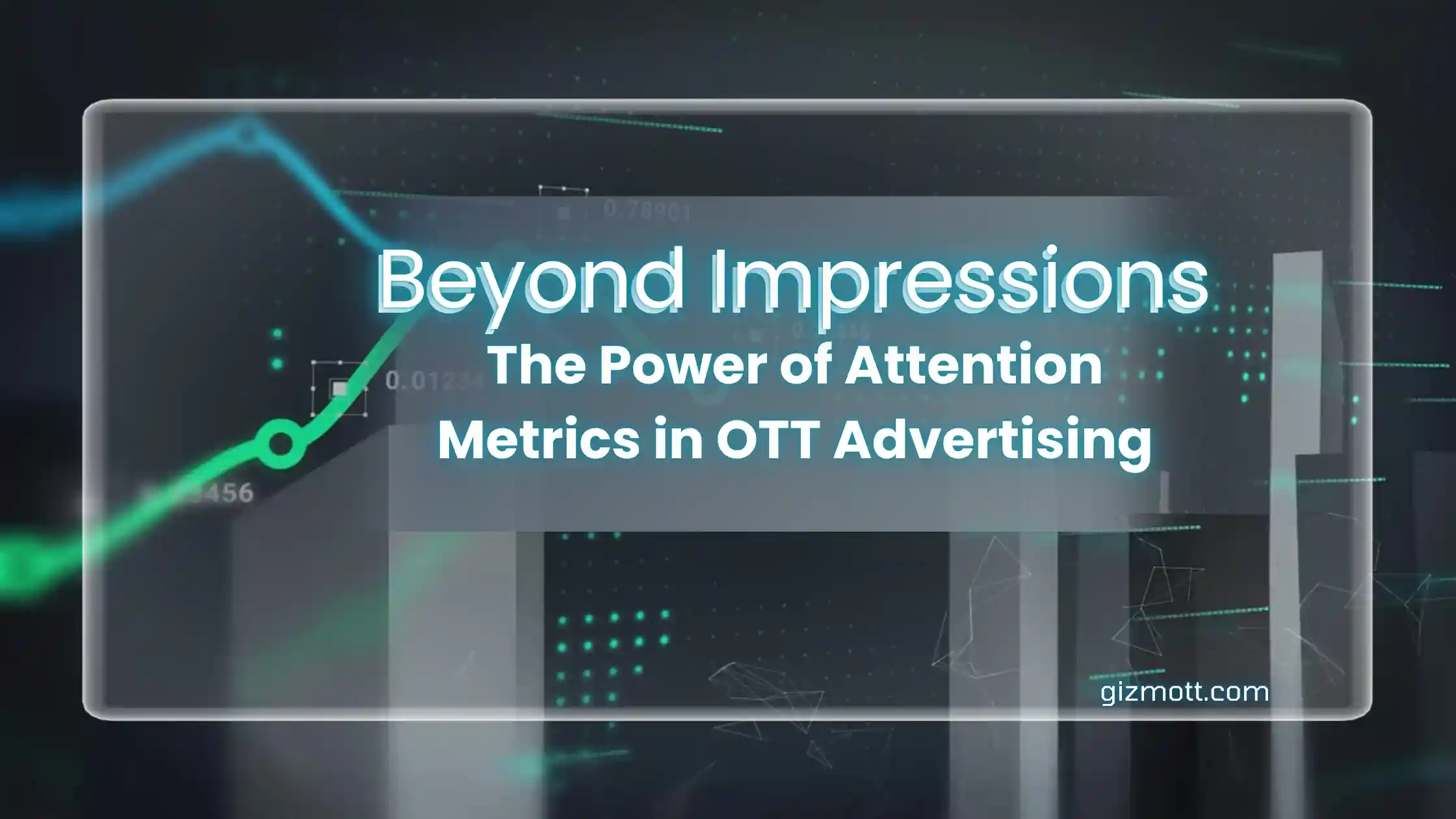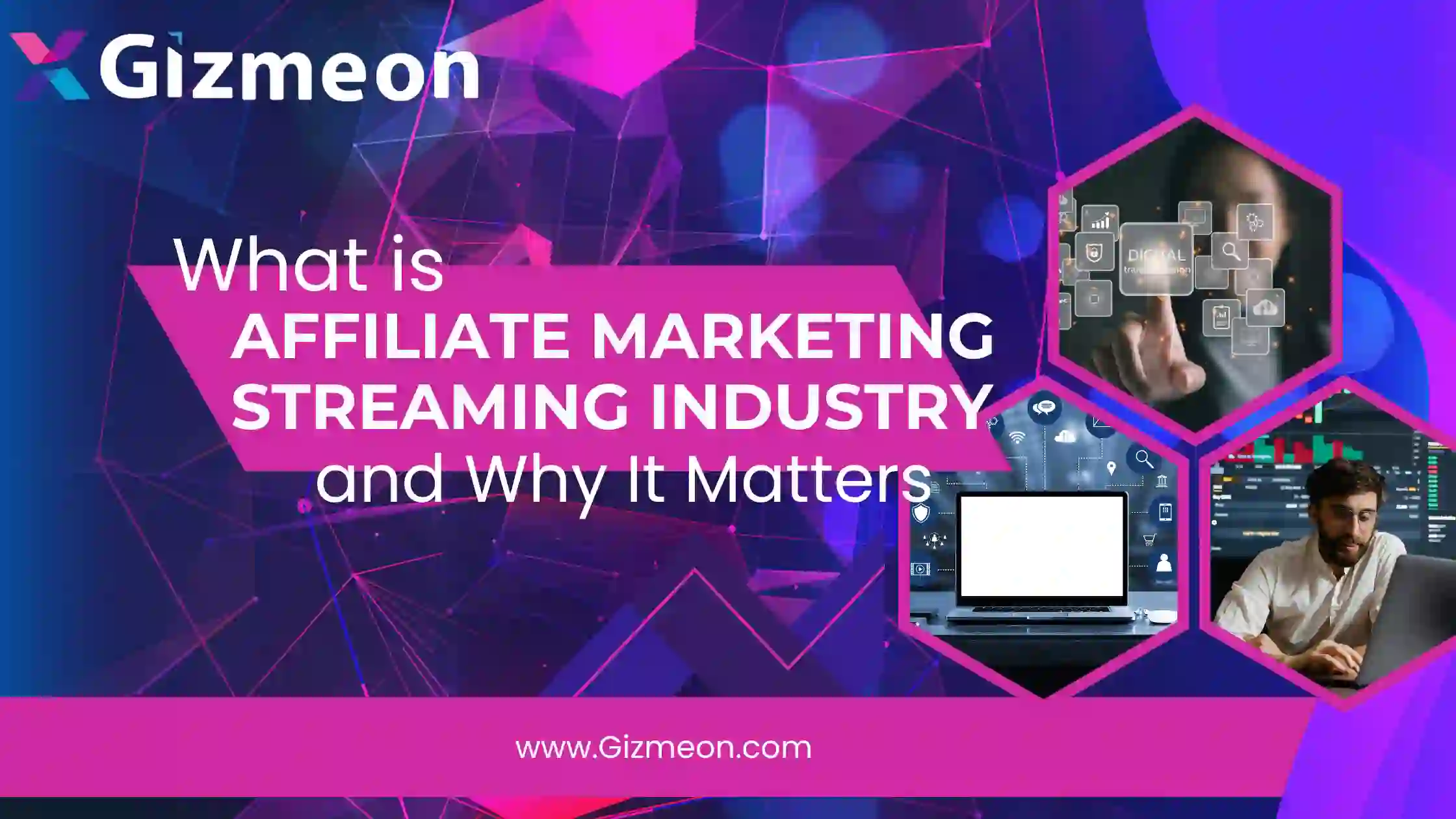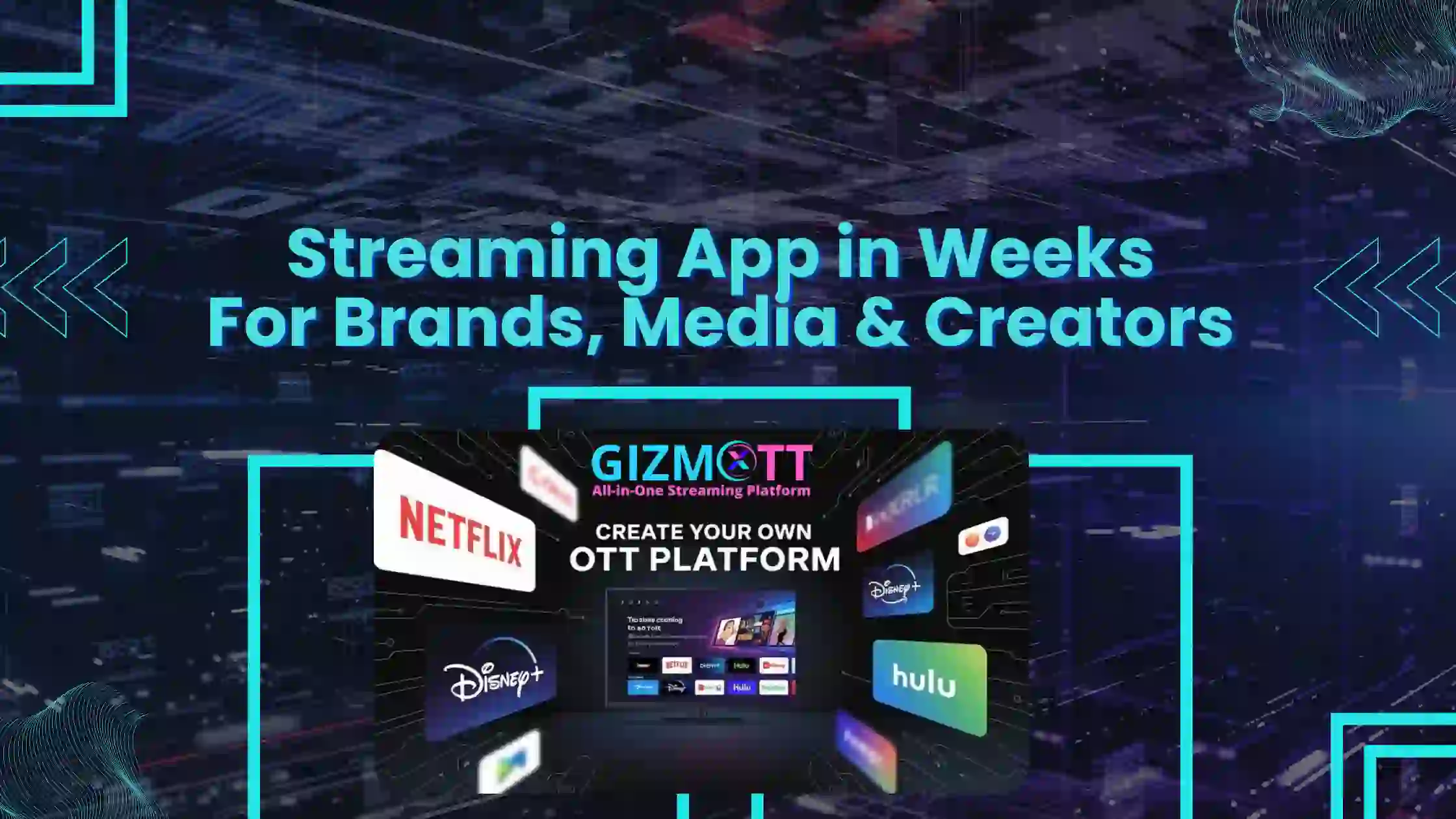Why Viewability and Attention Metrics for OTT Are the Future of Streaming Advertising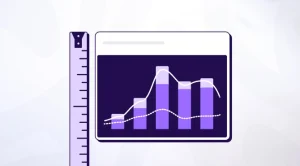
The streaming industry is experiencing unprecedented growth. OTT platforms (Over-The-Top) have rapidly replaced traditional television by offering viewers on-demand content accessible across devices—smart TVs, mobiles, tablets, and desktops. For advertisers, this growth represents a huge opportunity, but also a unique challenge: how do you know if your OTT ads are truly working?
The days of relying solely on impressions are gone. Advertisers now demand proof that their ads are not only shown but also seen and engaged with. This is where viewability and attention metrics for OTT advertising come into play. These advanced measurements shift the focus from simple exposure to actual audience impact.
In this evolving ecosystem, Gizmeon is leading the way with OTT analytics and adtech solutions that empower brands, publishers, and streaming providers to measure success through verified attention and optimized engagement.
What Are Viewability and Attention Metrics for OTT?
Traditional ad measurement in digital channels often centered on impressions—counting how many times an ad was served. But with OTT, advertisers need more. They want to know:
-
- Was the ad actually visible on screen?
- Did the audience pay attention to the ad?
- Did this attention result in better recall, engagement, and conversions?
This is where two types of metrics play a key role:
Viewability Metrics for OTT → Determine whether an ad appeared within the visible portion of the screen for a set duration. Example: An ad may only qualify as “viewable” if at least 50% of its pixels were visible for two seconds or longer.
Attention Metrics for OTT → Go deeper by analyzing behavioral and contextual signals, including ad dwell time, sound-on rates, second-screen activity, and relevance to the surrounding content.
Together, these metrics provide advertisers with actionable insights that move beyond “was the ad served?” to “did the ad make an impact?”
Why Are OTT Viewability and Attention Metrics So Important?
As OTT continues to dominate global entertainment, viewability and attention measurement in OTT advertising have become non-negotiable. Advertisers rely on them for several reasons:
-
- Ad Spend Efficiency – Every ad dollar matters. Metrics ensure brands aren’t paying for ads that went unseen.
- Better Engagement Measurement – Viewability confirms the ad was on-screen, while attention proves the audience noticed and interacted with it.
- Campaign Optimization – Real-time data such as active view time, audio status, and completion rates allow advertisers to optimize strategies mid-campaign.
- Privacy-Safe Targeting – As third-party cookies phase out, attention metrics provide a reliable and compliant alternative for personalization.
With global OTT ad spend projected to surpass $210 billion by 2027, advertisers increasingly view attention metrics as the new currency of success in streaming environments.
Key Viewability Metrics for OTT Advertising
Viewability metrics ensure that brands only pay for measurable exposure. The most common indicators include:
-
- Active View Time (AVT) – The length of time an ad remains visible.
- Completion Rate by Viewability – The percentage of ads completed while considered viewable.
- Visible Pixel Percentage – How much of the ad surface was actually displayed to the user.
- Device-Specific Viewability – Metrics tailored to OTT consumption across smart TVs, connected TV (CTV), mobile apps, and desktops.
By adopting OTT viewability measurement, advertisers eliminate wasted spend and gain confidence that their message was displayed effectively.
Attention Metrics for OTT: Going Beyond Impressions
While viewability confirms exposure, attention metrics for OTT reveal true audience engagement. These metrics include:
-
- Sound-On Rate – Measures whether viewers kept the audio enabled.
- Ad Dwell Time – Duration of active attention before skipping, switching, or multitasking.
- Interaction Signals – Actions like pausing, rewinding, or engaging with CTA overlays.
- Contextual Relevance Score – Whether the ad matched the content it appeared alongside.
- Second-Screen Behavior – Detecting shifts to other devices during ad play.
These insights matter because research consistently shows that ads with higher attention scores drive up to 40% greater brand recall and 25% stronger conversion rates compared to campaigns measured only by impressions.
Gizmeon’s Role in Advanced OTT Viewability & Attention Metrics
As streaming grows, measurement complexity increases. That’s where Gizmeon’s OTT analytics and adtech features stand out:
-
- Ad Viewability Tracking – Gizmeon’s SDK provides accurate cross-device monitoring of ad visibility.
- Real-Time Metrics Dashboards – Advertisers can track AVT, ad completion, and sound-on rates live.
- Identity Resolution – Prevents duplication of impressions by unifying data across multiple devices.
- Attention-Based Targeting – Optimizes ad bidding strategies based on verified attention scores.
- Performance Forecasting – Uses predictive models to demonstrate ROI from high-attention impressions.
- Privacy-First Architecture – Fully compliant with global data protection regulations.
Note: Gizmott, an OTT platform service provider powered by Gizmeon, integrates seamlessly with these analytics to maximize value for advertisers and publishers.
Industry Benchmarks: Current and Future Projections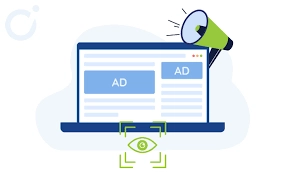
To better understand the role of these metrics, let’s look at where the industry stands and where it’s headed.
Current (2025 estimates):
-
- Average OTT ad viewability: ~70%
- Average OTT ad completion rate: ~60%
- Average attention index score: ~0.55 (on a scale of 0–1)
- Uplift from optimizing for attention: 20–30% higher conversions
Future (2027 projections):
-
- OTT ad viewability expected to reach 80–85%
- Attention-based buying in programmatic OTT to grow from 10% to ~50%
- Premium attention inventory to account for ~40% of OTT ad spend
These benchmarks emphasize why attention-driven OTT measurement will become the industry standard.
Best Practices for Using OTT Viewability & Attention Metrics
To maximize return on investment, brands and publishers should follow these best practices:
-
- Set Clear Benchmarks – Establish minimum acceptable thresholds for both viewability and attention.
- Leverage Real-Time Optimization – Use platforms like Gizmeon to adjust campaigns while they’re running.
- Combine Multiple Metrics – Don’t rely solely on impressions; include viewability, attention, and engagement data.
- Adopt AI-Powered Prediction – Gizmeon’s predictive models can forecast ROI from high-attention impressions.
- Validate Through Testing – Conduct A/B tests to ensure metrics directly correlate with KPIs like conversions, brand lift, and retention.
By following these practices, advertisers can create campaigns that not only reach but also resonate with audiences across OTT platforms.
Conclusion: The Future Belongs to Attention-Based OTT Advertising
The future of advertising measurement is clear: attention is the new currency. In the world of OTT, impressions alone don’t guarantee impact. Instead of paying for wasted exposure, brands want to invest in measurable engagement that delivers tangible business outcomes.
With Gizmeon’s advanced OTT analytics and adtech solutions, advertisers have the tools to capture, analyze, and act on viewability and attention metrics in real time. As global OTT ad spend surges past $200 billion, the shift toward attention-based buying will define the next era of streaming advertising.
For advertisers, publishers, and streaming providers, the message is simple: don’t just measure views—measure attention.
